

The Holocaust Comparison Project
Patterns of similarity between animal abuse and the Holocaust: a photographic essay.
Note: the points of comparison identified here are drawn from my journal article, David Sztybel, "Can the Treatment of Nonhuman Animals Be Compared to the Holocaust?" Ethics and the Environment 11 (Spring 2006): 97-132. Eleven new dimensions are added to the comparison in the article, resulting in a 50-point list of bone-chilling similarities. Some 99 photographs and images are featured in this silent show. I hope that you will not remain quiet about it. I am an indirect Holocaust survivor since my father's immediate family barely escaped and most of his extended family are presumed murdered. This is entitled a photographic essay in the sense that by far most inclusions are straightforward photographs and the rest are, of course, photos of drawings, paintings, and the like. This essay does not have converting speciesists as a primary objective. Those looking for arguments in favour of animal rights can look elsewhere on my website, and beyond.
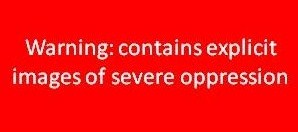
Holocaust:
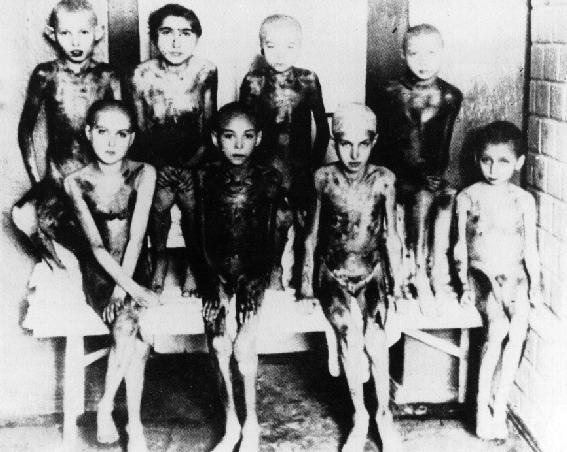
Children who were subject to Nazi experiments
Animal Treatment:

A vivisector performing a procedure on a helpless animal
Holocaust:
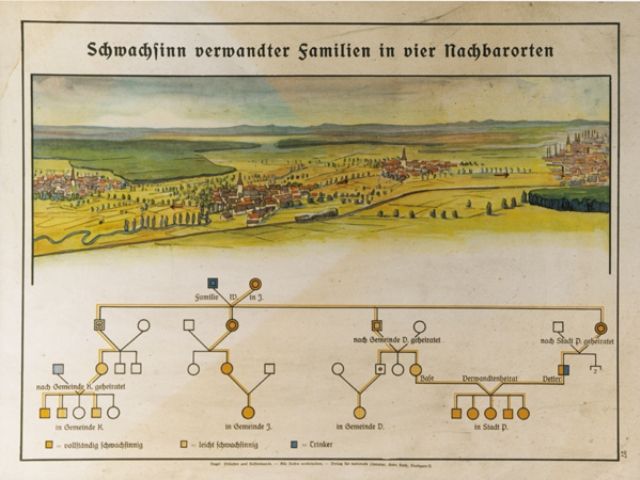
A Nazi eugenics poster, entitled "Feeble-Mindedness in Related Families in Four Neighbouring Towns".
Animal Treatment:

The so-called "oncomouse" ("onco" means cancer, as in "oncology") was genetically engineered at Harvard University, which holds a patent over this artificially "engineered" species of animal; this type of mouse is particularly susceptible to developing cancers, which of course are disanalogous to human cancers; these animals' very biological structures are purposely and perversely manipulated so that they will be born into extreme vulnerability to one of the worst known forms of suffering.
Holocaust:
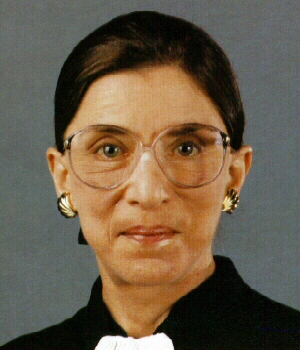
A Jewish woman's face is compared to that of a rat in the following on an anti-Semitic website whose authors would no doubt like the Holocaust to continue.
Animal Treatment:

The rat photo compared to the allegedly Jewish woman pictured above; the woman is compared to the rat and the rat is compared to the woman with hate-filled, circular "logic".
Holocaust:
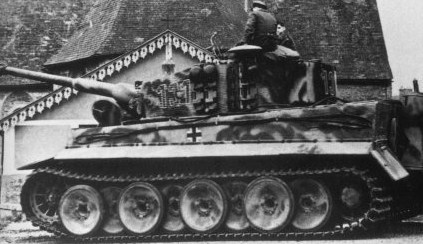
Many Jews and others on the run, being hunted as refugees, no doubt feared Nazis in roving vehicles including this tank.
Animal Treatment:
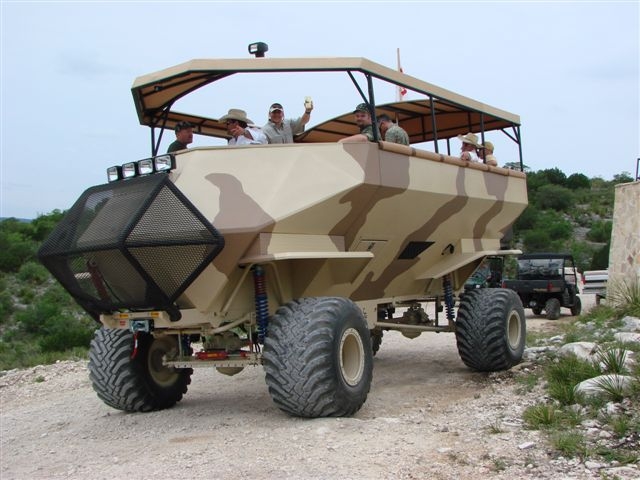
A hunting vehicle that actually resembles a tank.
Holocaust:

A lampshade using human skin depicted in this photograph
Animal Treatment:
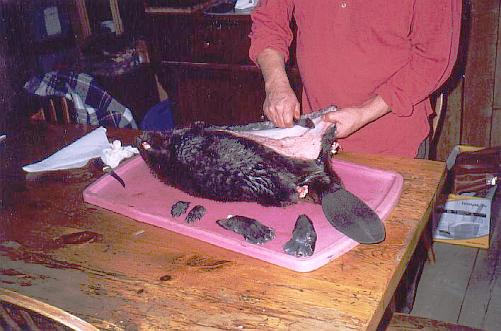
The skinning of a beaver
Holocaust: 
Human hair, used by the Nazis to stuff pillows for example.
Animal Treatment:
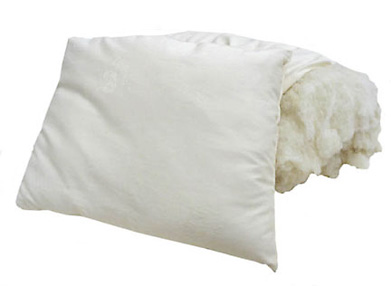
Wool-stuffed pillow.
Holocaust:
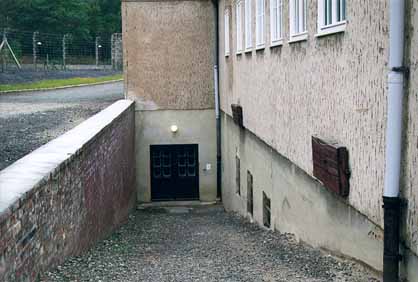
Door to the basement room where "soap" from human fat was made in the Buchenwald concentration camp
Animal Treatment:
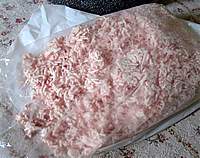
Ground tallow from nonhuman remains.
Holocaust:

Gold teeth harvested from human victims.
Animal Treatment:

This slaughtered horse will be sent to a rendering plant and taken apart for various uses.
Holocaust:
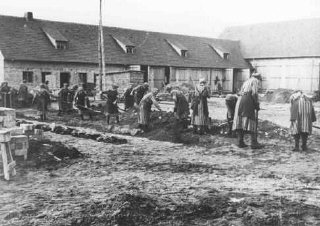
Slave workers in Ravensbrueck concentration camp.
Animal Treatment:

A horse enslaved for human transport.
Holocaust:
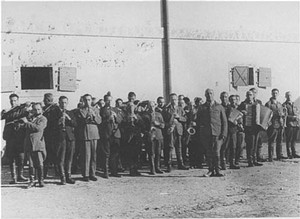
Members of the Janowska concentration camp orchestra perform in front of the barracks.
Animal Treatment:

At the Ringling Bros. circus, a baby elephant is wrestled down using ropes, sharp hooks, and electroprods; part of standard elephant training is to break their spirits.
Holocaust:
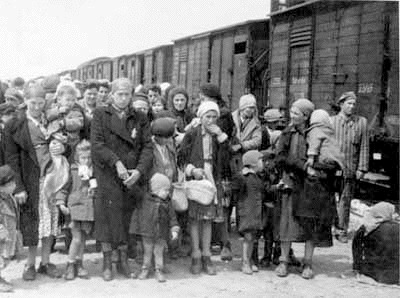
Jews deported to concentration camps.
Animal Treatment:

Clear-cutting destroys homes of uncounted thousands of animals.
Holocaust:
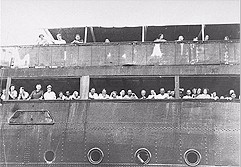
Jews boarded the St. Louis at great expense after Kristallnacht, or the night of the broken glass in 1938, when Jewish shops were smashed along with violence and murder. The 937 passengers were refused by Cuba and the United States, and were forced to go back to Europe, where eventually they came under Nazi rule once more.
Animal Treatment:
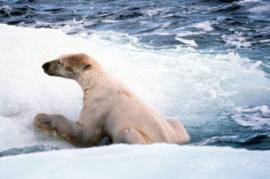
When polar bears swim out to hunt seals, they depend on ice-floes to rest; global warming is destroying these and for the first time desperate and exhausted polar bears are being found drowned in the Arctic Ocean.
Holocaust:
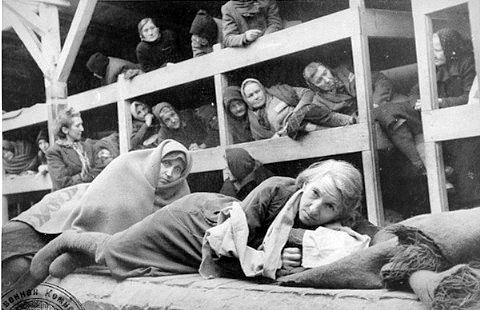
Women crammed into barracks at Auschwitz.
Animal Treatment:
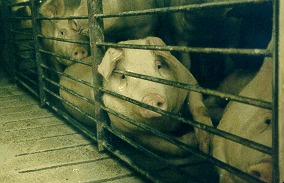
Hogs crowded in a factory farm facility.
Holocaust:

Unattended children caught up in the Holocaust.
Animal Treatment:
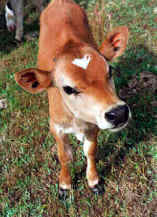
A calf.

A calf imprisoned for "veal"; this point of parallel comparable to "Baby Butchers" slide in PETA's Holocaust on Your Plate exhibit (see under Further Resources below).
Holocaust:

Allied soldiers have German citizens see starved remains of concentration camp victims
Animal Treatment:

A donkey is left to starve by a neglectful farmer; comparable to "Walking Skeletons" image used in PETA's Holocaust on Your Plate exhibit.
Holocaust:
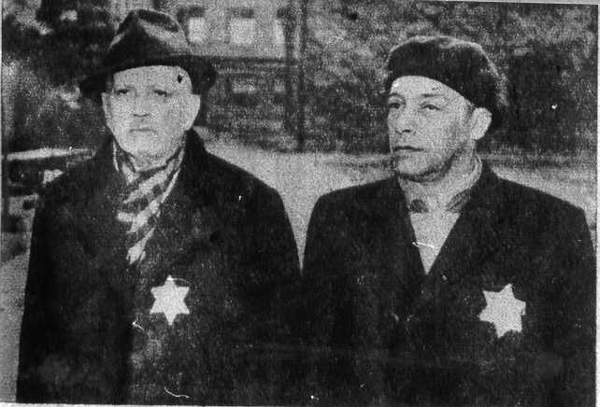
Two men wearing the notorious yellow star symbolic of Jews are excluded from citizen rights in Germany.
Animal Treatment:
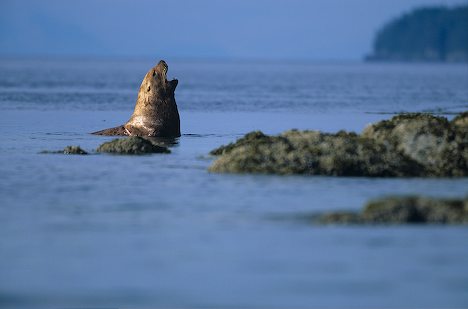
Animals have eloquent voices if only we listen to them.
Holocaust:
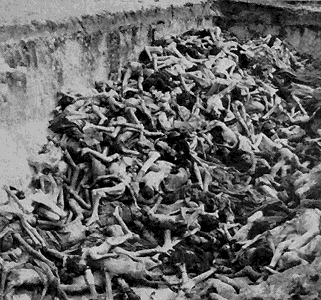
A mass grave in the Bergen Belsen concentration camp.
Animal Treatment:
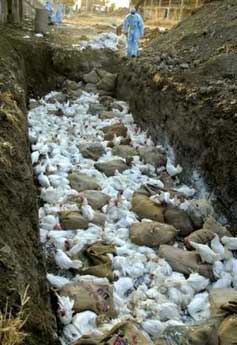
Chickens in India are killed because it is suspected they might carry H1N1; this point comparable to PETA's Holocaust on Your Plate exhibit slide, "The Final Indignity," which shows two piles of corpses: pigs and Holocaust victims.
Holocaust:

Bones of Holocaust victims with no end in sight.
Animal Treatment:
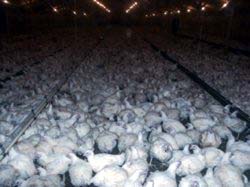
"Broiler" chickens in a vast facility; comparable to "Mass Murder" slide in PETA's Holocaust on Your Plate exhibit--a parallel comment often made whatever one happens to think of the "murder" charge.
Holocaust:
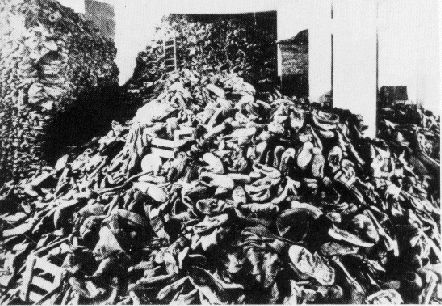
Piles of shoes from victims at Belzec extermination camp
Animal Treatment:
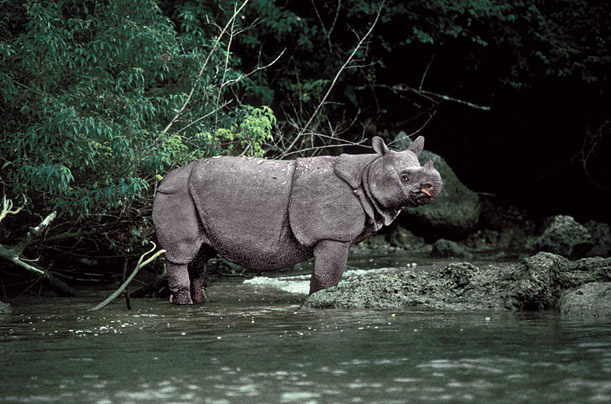
There are fewer than 60 Javan rhinos left, not enough to sustain the gene pool; extinction is a form of genocide.
Holocaust:
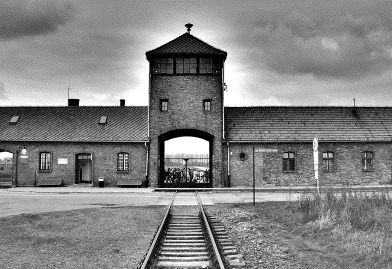
Although rumours circulated, what occurred in the concentration camps was supposed to be secret.
Animal Treatment:

Most people have no idea what occurs in hog farms such as this, and factory farmers would vigorously like to preserve such ignorance; security at slaughterhouses and vivisection laboratories also endeavours to preserve secretive, although now somewhat publicized, practices.
Holocaust:
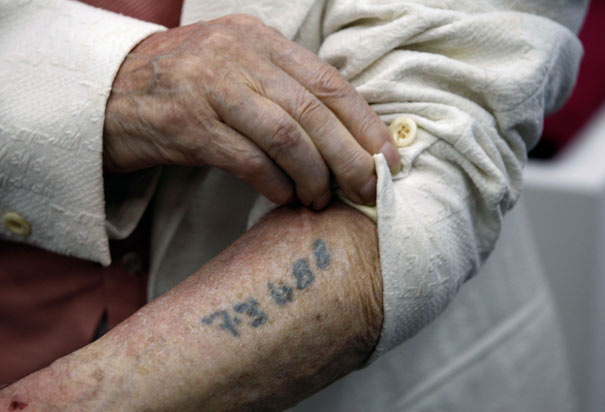
Nazis preferred to dehumanize prisoners by referring to them by numbers tattooed on arms rather than actual names.
Animal Treatment:

A cow who could have a name is tagged with only a pair of numbers.
Holocaust:
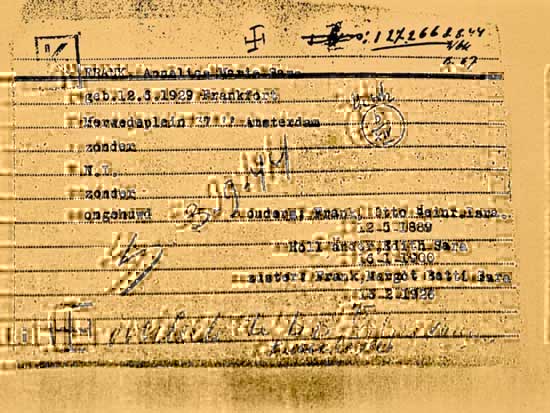
Anne Frank's transport papers; she of course is the author of the world-famous Diary of a Young Girl.
Animal Treatment:
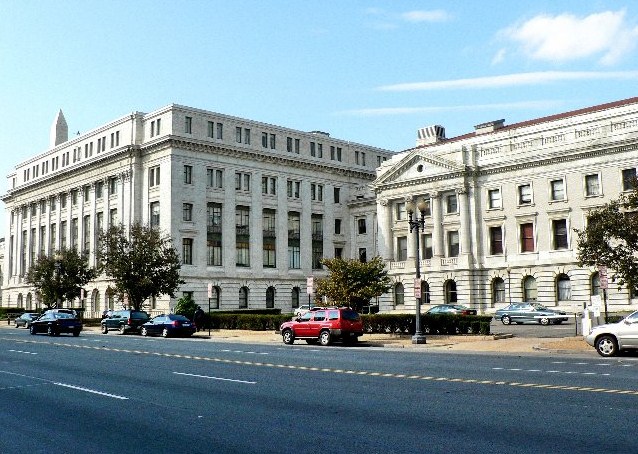
Animal agriculture as bureaucratized by the United States Department of Agriculture, the headquarters of which is pictured here.
Holocaust:

Works thought to be contaminated by "Jewishness" were not only banned but burned as part of Nazified "education".
Animal Treatment:
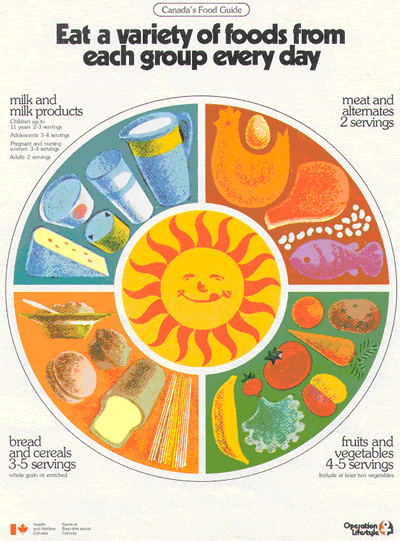
Children are indoctrinated that they need to consume animal products from an early age; pictured above is the 1977 Canada Food Guide, which I myself grew up with, having received a booklet with this cover, as I recall, while I was a school-child; half one's food would be animal products by this guide; contemporary guides emphasize plant-based foods more using a pyramidal structure.
Holocaust:
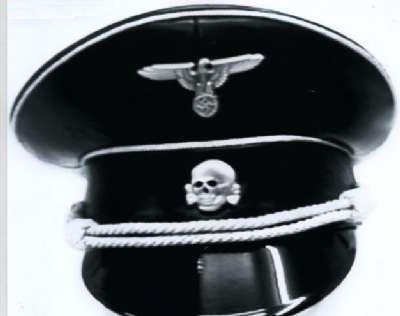
Nazi S.S. officers were an integral part of "the justice system"; the S.S. cap is pictured here with its death's-head symbol.
Animal Treatment:
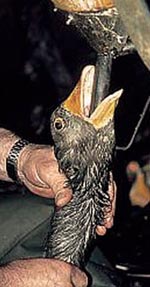
The Baltimore police invoked the Patriot Act to arrest a reporter recording a false arrest of activists at a demonstration against foie gras (force-fed goose, pictured above) in 2008; animal rights activists are often harassed by the law on trumped-up charges and the like.
Holocaust:

Bullets were deemed too expensive to waste, so ways were found of mass murder such as this gas chamber which used zyklon B gas capsules
Animal Treatment:
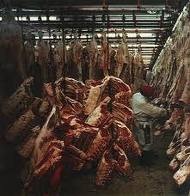
Efficiency is an obsession at the slaughterhouse, even at the expense of health inspections and workers' needs, let alone humane concerns
Holocaust:
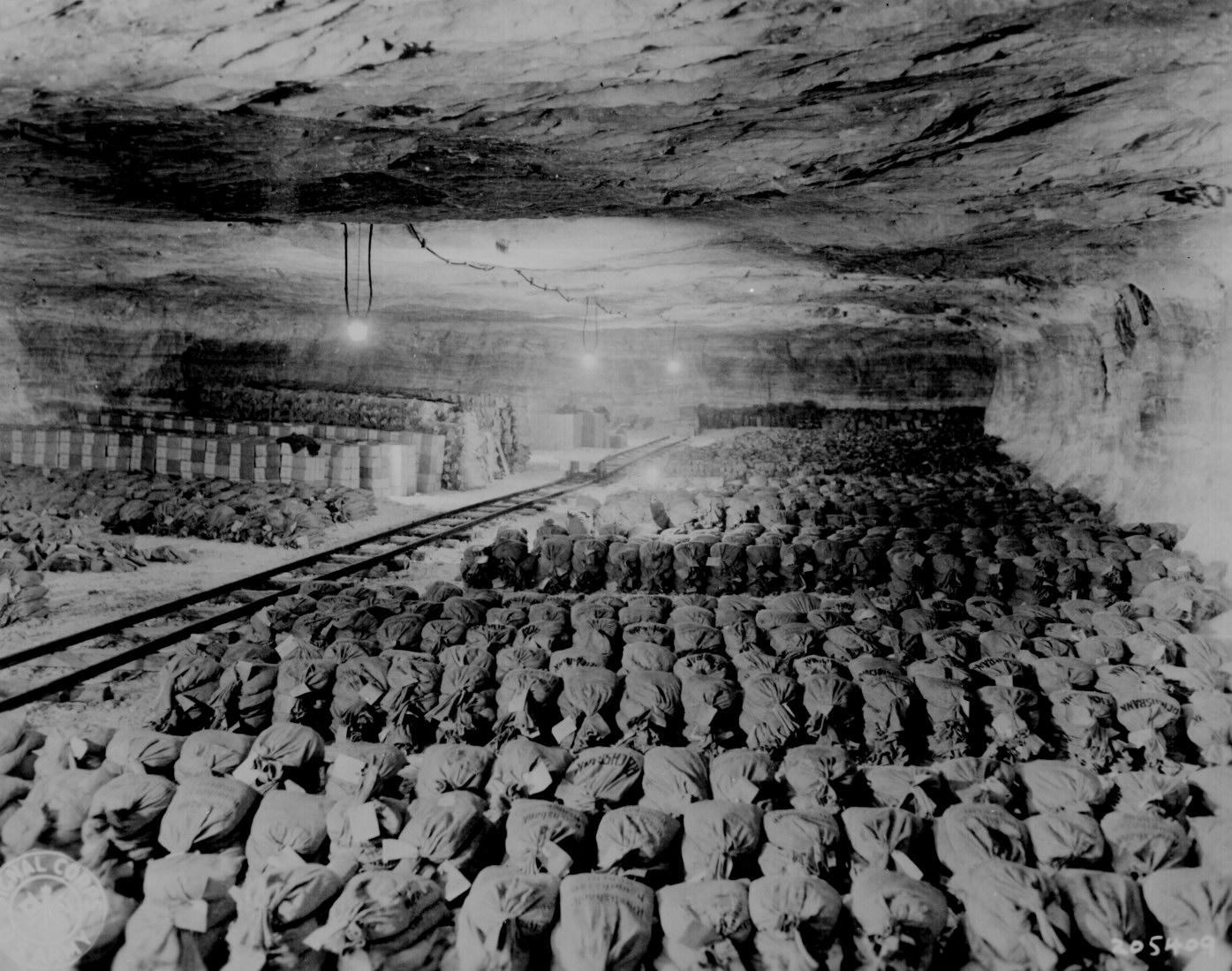
Nazi plundering of victims contributed to this 1945 discovery of gold and loot hidden in a salt mine in Merkers, Germany.
Animal Treatment:

Meat as sold by the pound
Holocaust:
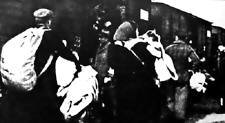
Jews deported via cattle cars to concentration camps.
Animal Treatment:

sheep shipped to slaughter on cattle cars.
Holocaust:
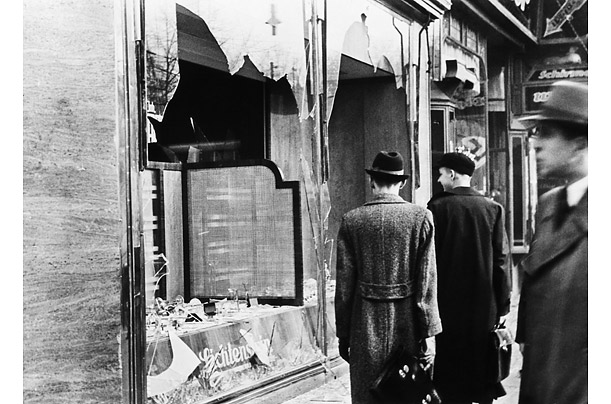
The destruction of Jewish shops during "Kristallnacht," the night of the broken glass, was carried out partly by ordinary citizens in mobs.
Animal Treatment:

An ordinary fellow eating a burger, with little or no thought given to the agonies and obliterated lives connected to his actions.
Holocaust:
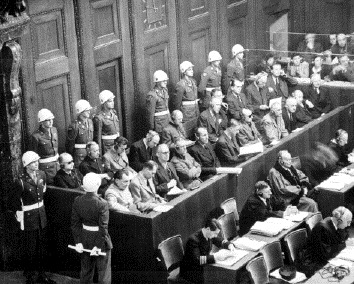
The Nazis tried at Nuremberg for crimes against humanity; typically they pled "nicht schultig" or "not guilty," many of them claiming they were just following orders.
Animal Treatment:

Some humans talk themselves into complacency with the thought that they are "natural omnivores," thus disguising their culpable choices related to animal slaughter and suffering.
Holocaust:
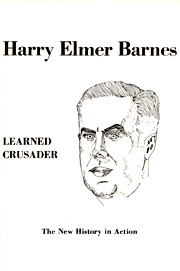
Harry Elmer Barnes was an American historian who denied the historical existence of the Holocaust.
Animal Treatment:

Rene Descartes denied that animals have consciousness. So not only would he deny the existence of speciesist oppression, but he insisted that cruelty to nonhuman animals cannot occur in principle either.
Holocaust:

neo-Nazi Ernst Zundel was another citizen of my native city, Toronto, and denied the Holocaust; he went to trial for hate crimes in a hard hat to prevent injury by thrown rocks and the like.
Animal Treatment:
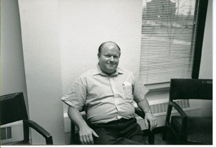
Philosopher R. G. Frey is of course not at all a Nazi; nevertheless, he not only denies that animals are systematically oppressed, or subject to arbitrary and harmful discrimination, but even goes so far as to deny that animals have genuine interests to be considered altogether.
Holocaust:
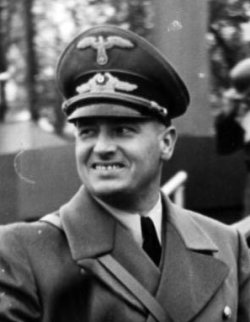
Hans Frank, pictured above, was Hitler's hand-picked Governor General of Poland; he told his cabinet in 1940 Cracow: "Gentlemen, I must ask you to rid yourself of all feeling of pity. We must annihilate the Jews." This is just one example of how the Nazis conditioned people to have antipathy rather than sympathy towards the Jews.
Animal Treatment:

This happy cow image is part of what children are inundated with, contrary to the realities of factory farming, imparting to everyone the idea that animals are not only well-treated, but willing participants in what is termed "animal agriculture"
Holocaust:
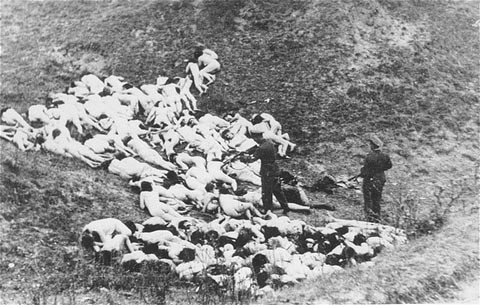
The Nazis became concerned that officers in charge of shooting Jews into mass graves were developing bad nerves; so this became a "humane" concern in the Holocaust; here we see Nazis shooting surviving women in a mass grave; since they were set apart they might have been raped before they were murdered which was quite common.
Animal Treatment:
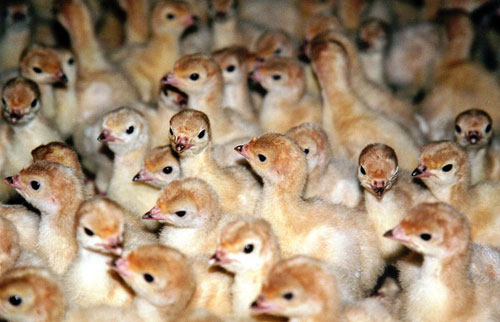
These so called "free-range organic" young turkeys live in concentrated conditions and still have mutilated beaks
Holocaust:
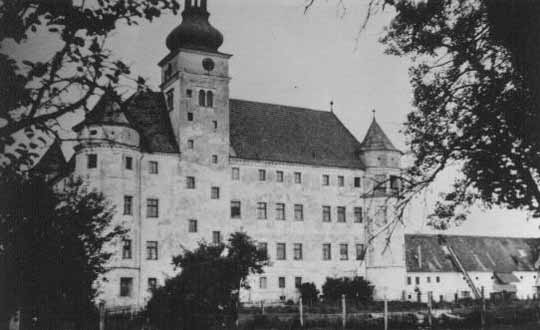
This is Hartheim Castle, where so-called "mental defectives" were executed; some 69,000 such humans were murdered by the Nazis.
Animal Treatment:

Chickens are often considered "stupid" and compared to mentally challenged humans, whereas they are intelligent, sensitive, and loyally defend their families and friends against predators, for example.
Holocaust and Animal Treatment:
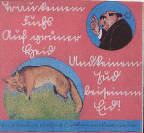
Children were given books, including with this image, in a piece entitled "Don't Trust a Fox in a Green Meadow or the Word of a Jew" (translated from the German). The fox is simultaneously treated with hateful stereotypes.
Holocaust and Animal Treatment:

This medieval envisioning of the devil shows it with animalian characteristics, mostly of a reptilian sort, although sometimes it is depicted with a serpentine tail, goats' legs and horns; Hermann Goering referred to "the eternal mask of the Jew devil".
Holocaust:

It is not difficult to find hellish scenes in the Holocaust, such as the mass murder pits displayed here
Animal Treatment:
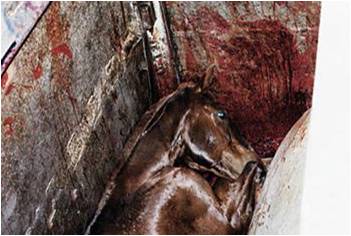
This image of horse slaughter again looks hellish, or communicates horror, agony and destruction.
Holocaust:

Since German Martin Luther founded Christian Protestantism, he is an important conduit for Biblical inspiration and interpretation; he explicitly urged of the Jews, among other things: "Burn down their synagogues..." He also chided: "We are at fault for not slaying them..."
Animal Treatment:
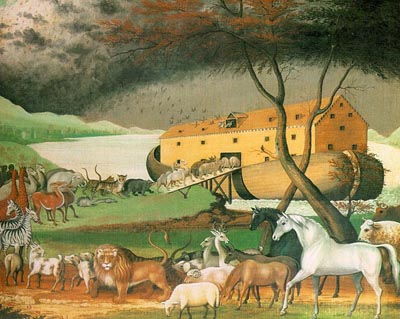
Here we have the image of Noah's ark; at this point God supposedly gave humans "dominion" over animals so that the latter should have "fear" and "dread" of humanity (Genesis 9:2)
Holocaust:
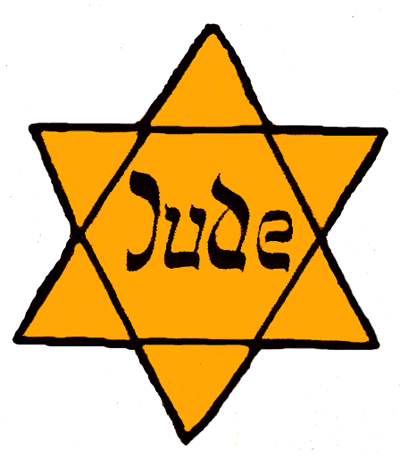
Jews under Nazi rule were forced to wear this stigmatizing yellow star, a powerful symbol of racism.
Animal Treatment:
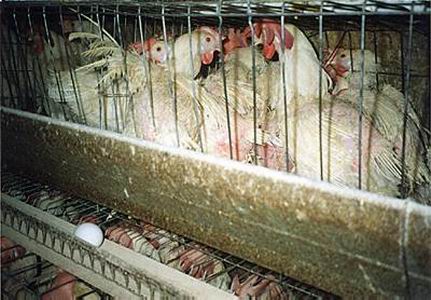
It is hard to find an image that captures all of speciesism, since it has so many manifestations; here is a blatant one, where much agony for birds is counted as nothing compared to passing pleasures of human taste when eating eggs.
Holocaust:
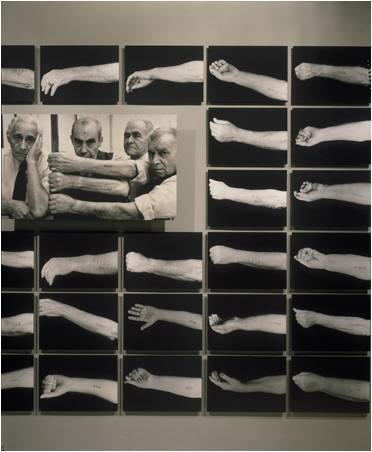
Nazi prisoners are branded with the painful tattoos on the arm.
Animal Treatment:
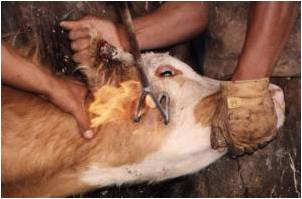
Common practice: hot iron branding of cattle pretty much universally without anesthesia.
Holocaust:
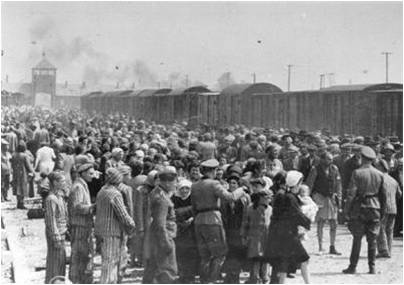
Jews being herded at Auschwitz
Animal Treatment:

Pigs do not like to be moved forcibly; they are often "herded" by being beaten with gate rods; this sow's back shows the aftermath of such cruel treatment; this parallel comparable to PETA's Holocaust on Your Plate exhibit, namely the slide called "The Road to Hell" showing herding of Jews compared to herding of cows.
Holocaust:

An aerial view of Auschwitz.
Animal Treatment:

Aerial view of the Union Stockyards, Chicago, 1924.
Holocaust:

railway tracks leading to Auschwitz
Animal Treatment:

railway tracks leading to Chicago stockyards
Holocaust:

Barbed wire fencing around Auschwitz.
Animal Treatment:

Modern security fencing around slaughterhouse and vivisection laboratories (the contemporary fences often have security cameras as well).
Holocaust:

Pictured here is the sinister gate to Auschwitz; the translation from the German above it is, "Work Will Make You Free".
Animal Treatment:

gates to the Union Stockyard in Chicago.
Holocaust:

Auschwitz barracks; again gate can be seen here.
Animal Treatment:
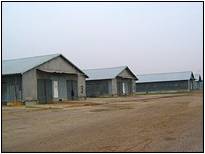
Pig sheds on a Polish factory farm, which resembles such facilities the world over.
(a seemingly ubiquitous topic, but inspired by Marjorie Spiegel, The Dreaded Comparison, which compares animal treatment to black slavery and finds such points in common)
Holocaust:
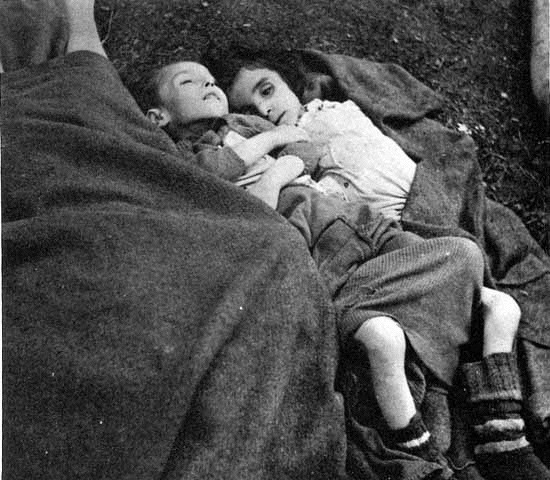
Traumatized child survivors of the Bergen Belsen concentration camp
Animal Treatment:
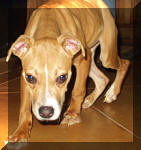
an abused dog's psychological trauma is practically visible in the animal's body language here.
(a common theme, but inspired again by Spiegel book)
Holocaust:
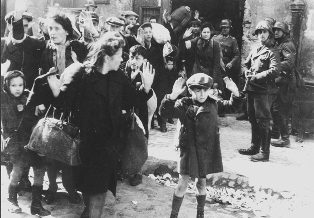
Famous picture of a boy, dominated at gunpoint at the Warsaw Ghetto.
Animal Treatment:

A lion cruelly broken-spirited to perform domination displays.
(theme is common-place enough, but inspired yet again by Spiegel book)
Holocaust:
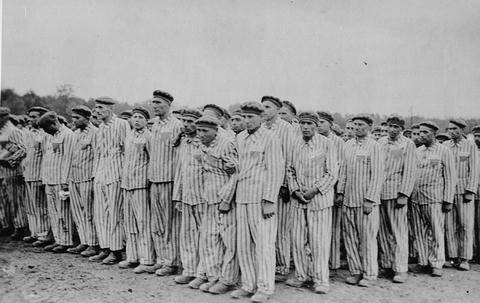
Prisoners stood in formation during roll call at concentration camps; they are aligned purely like objects, regardless of suffering; those who fainted from hunger might be brutally beaten, tortured, or killed.
Animal Treatment:

Cows are conceived as objects, almost as walking corpses, for all their life is intrinsically valued.
Holocaust:
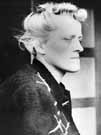
Hilde Lobauer was a political prisoner in the Bergen-Belsen concentration camp who sided with her captors, and was infamous for attacking prisoners with whips and canes.
Animal Treatment:
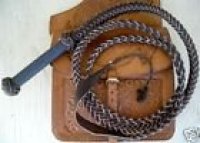
Horse whips such as this visit extreme pain and sometimes mutilations upon their victims; compare to the slide about beatings in PETA's Liberation slide-show, which is not about the Holocaust per se (see under Further Resources below).
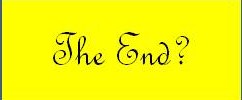
Edgar Kupfer was a survivor of the Dachau death camp. After his liberation, he furtively scrawled the following message on the wall of a hospital barrack:
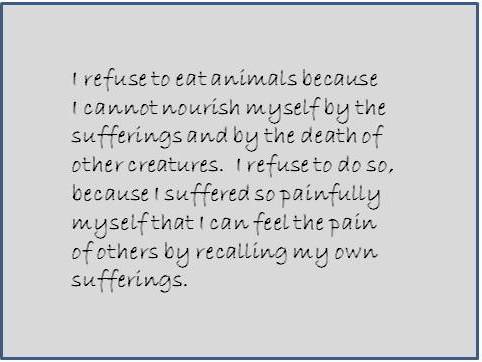
Thank you, Edgar Kupfer. In spirit, the animals thank you too. As they would anyone who similarly, and with understanding, turns away from needless suffering and death. Ethical veganism is quite arguably the practical core of fully respectful animal treatment.
David Sztybel, "Can the Treatment of Nonhuman Animals Be Compared to the Holocaust," Ethics and the Environment 11 (Spring 2006): 97-132.
Page numbers provided in parentheses.
Selected Objections
Objection A: The comparison is morally offensive.
Reply to A:
Objection B: The comparison trivializes the Holocaust.
Reply to B:
A Concluding Remark:
"If there were no such thing as discriminatory oppression, there never would have been a Holocaust, but neither could there be what animal liberationists refer to as speciesism. Far from the comparison being intrinsically objectionable, it is potentially useful and illuminating, and may help to underline the gravity of our oppression of nonhuman animals." (130)

